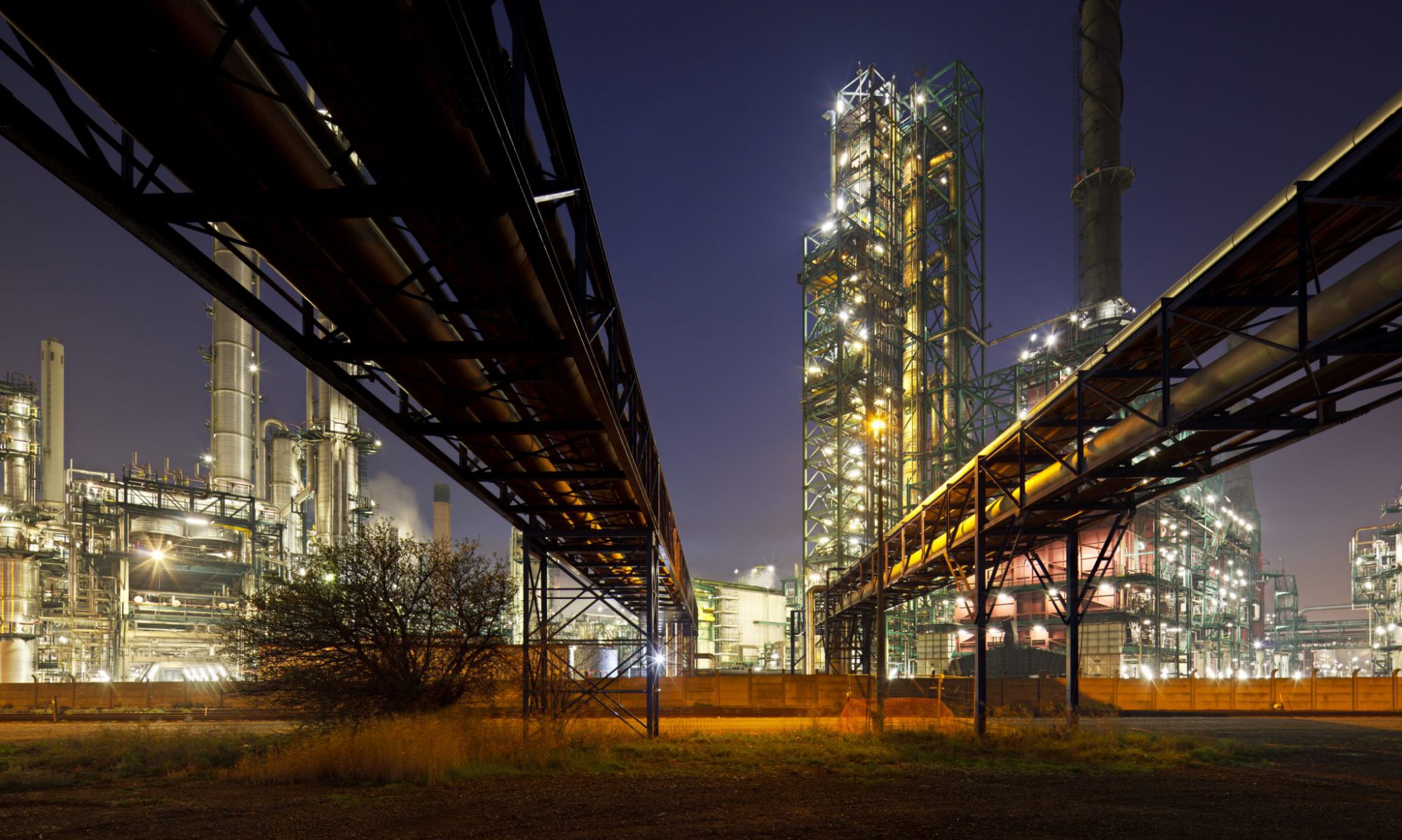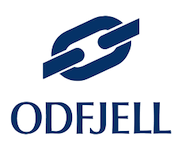DragX Benefits
Increased Efficiency
Improved pipeline efficiency, throughput, and flow assurance by reducing surface friction along the pipe wall.
Corrosion Prevention
Low-maintenance, chemically-resistant protection against internal pipeline corrosion, which can result in leaks.
Reduced Deposition
Combats internal adhesion & deposition of unwanted debris, paraffin, black powder build-up, and other impurities.
Significant Cost Savings
Reduces pumping-power use and eliminates the need for costly inhibitors or chemical injection for flow assurance.







